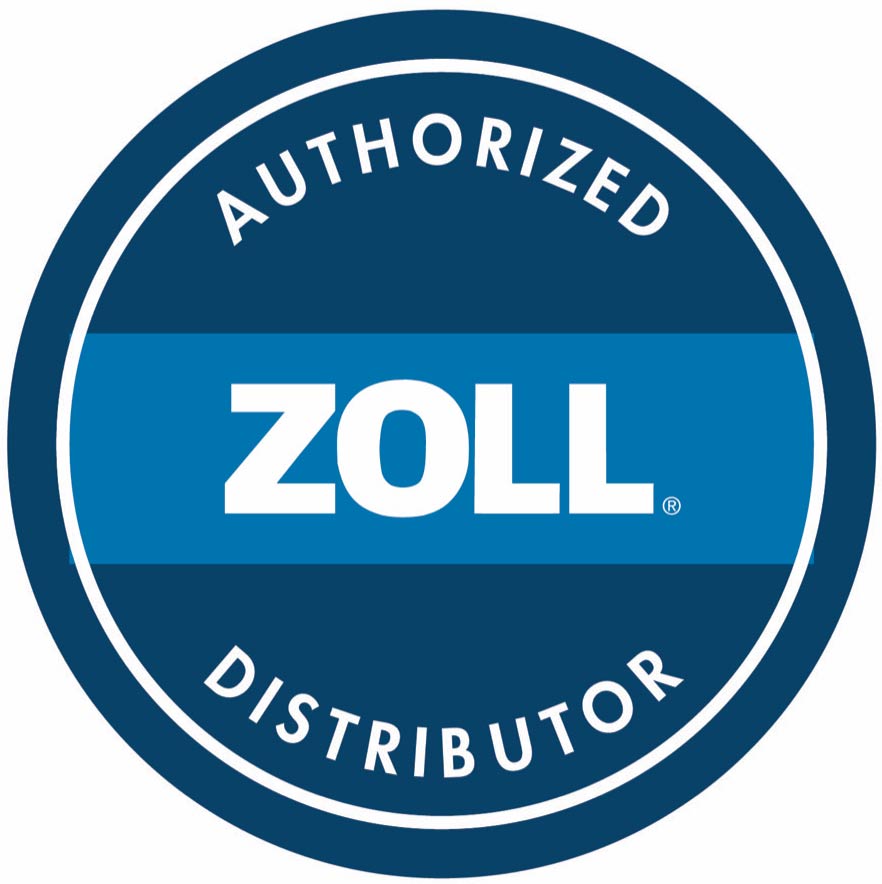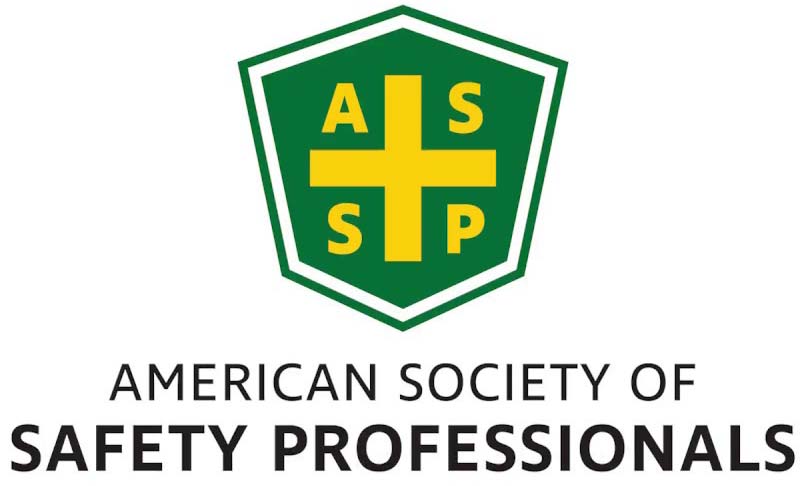Everyone wants a safer workplace, and many organizations partner with us for that reason, knowing that they and their teams will be better prepared to handle a cardiac emergency, other medical events or even an active assailant.
While it’s vital to be prepared for unexpected events like those, statistics indicate that the majority of workplace injuries stem from unsafe behaviors. That’s why creating and cultivating a culture of safety is so important.
Let’s acknowledge that appropriate safety measures will vary quite a bit from one workplace to another. If the workplace is a construction site, safety measures might include hardhats or reflective vests. A manufacturing facility will have a different set of concerns, as will an office environment.
What shouldn’t change from one workplace to another is the commitment to safety culture. Whether the work environment involves chainsaws or just staplers, workers should understand what safety looks like, and should exhibit behaviors that support safety.
A commitment to safety culture starts at the top, of course, and bringing in a partner like Heart to Beat to provide staff training is a great demonstration of that commitment. But management should also walk the walk, so to speak, participating in those sessions and making sure that training isn’t just a one-off event but an ongoing process.
Organizations committed to safety have clear and comprehensive policies and procedures in place, and those policies are reviewed regularly as best practices and regulatory environments change. Communication is open and transparent, with frank discussions about incidents and even near misses. This encourages employees to feel comfortable reporting hazards or unsafe conditions with no fear of reprisal.
“Praise in public, criticize in private,” says an old management maxim, and a culture of safety provides great opportunities to do so. Safety contributions and achievements should be recognized and celebrated to reinforce those good behaviors.
Finally, organizations committed to a culture of safety know that the work is never done. They measure and benchmark progress, survey team members and evaluate current standards versus possible improvements.
In the end, a culture of safety requires the same elements as any other business initiative: top-down commitment, a clear set of guidelines, and the willingness to measure and adjust with the goal of continuous improvement.











